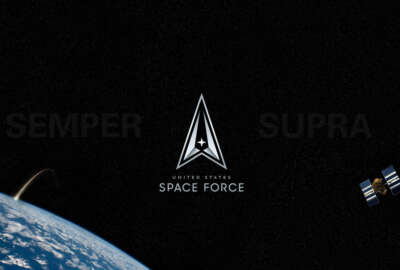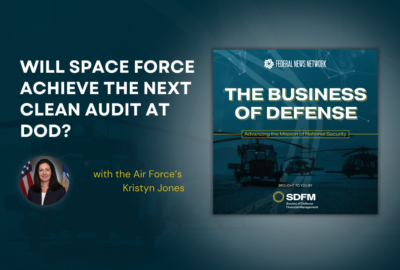Space Force’s commercial integration cell adds more companies
The CIC was mainly focused on satellite communications. Its mission areas have expanded to include satellite imagery and space domain awareness.
The Space Force’s Commercial Integration Cell, a program designed to integrate commercial space companies with U.S. Space Force operations, has grown from ten to 15 companies, with plans to add two more by early next year, according to a senior service official.
Lt. Gen. Doug Schiess, who serves as commander of Space Forces-Space (S4S) and the Space Command’s Combined Joint Force Space Component, said the program is not only expanding the number of participating companies but also its range of mission areas.
“What that means is those companies already have a contract with the United States government. When we first stood it up, it was mostly commercial [satellite communications], but it’s delved into imaging and into domain awareness and other things,” Schiess said during the Mitchell Institute event Wednesday.
“Because of their contracts they already have, they have the ability to have top secret/sensitive compartmented information cleared individuals, and then we have the connection so that we can provide them with threat information back and forth of ‘Hey, here’s what’s going on at the top secret SCI level. They can also provide us information. We have folks on the Combined Space Operations Center floor, not 24/7 right now, but they have the ability to call into the CSpOC floor and they can say, ‘Here’s what I’m experiencing.’”
The CIC, launched in 2015 as a pilot program, facilitates real-time information and threat sharing between the military and commercial satellite operators.
Hughes Network Systems, Maxar Technologies, Eutelsat America Corp., SpaceX, Inmarsat, SES Government Solutions, Intelsat General Communications, Iridium Communications, Viasat, and XTAR have long been members of the CIC.
Schiess said while there is no set limit on the number of companies that can join the CIC, the challenge is the Space Force’s ability to manage all these connections effectively.
“Do we have the number of personnel? How many people does it take to do that? I don’t see an upper limit on the ability to bring on companies. It’s just how do we manage those connections?” said Schiess.
The CIC is located at Vandenberg Space Force Base in California. All companies in the CIC sign non-disclosure agreements to ensure that any information shared among CIC members is kept confidential and not used for competitive advantage or profit.
The program played an important role when an Intelsat satellite unexpectedly broke apart in orbit—the company quickly notified the Space Command, which allowed them to issue a public alert about the debris generated by the satellite breakup and warn other operators about potential collision risks.
“We knew that information because that company was talking to us right away. We also had our own folks looking at it, and we were so much quicker getting that information out to other people than we were in the past because we could work together with our commercial entities,” said Schiess.
SPACECOM also launched the Joint Commercial Operations cell, previously known as the Joint Task Force-Space Defense Commercial Operations cell, designed to integrate commercial space capabilities with military operations. The cell comprises a network of allies, partners, academia, and industry contributing to space operations 24/7 across the globe.
Copyright © 2025 Federal News Network. All rights reserved. This website is not intended for users located within the European Economic Area.







